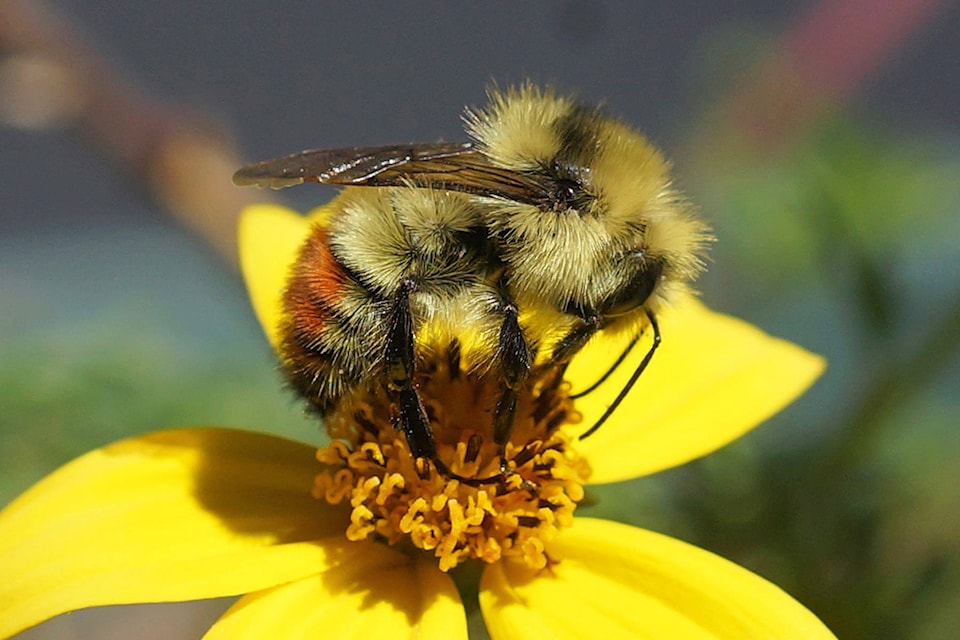According to all known laws of aviation, there is no way a bee should be able to fly.
Its wings are too small to get its fat little body off the ground.
The bee, of course, flies anyway because bees donsa���ʴ�ý�t care what humans think is impossible. sa���ʴ�ý� The Bee Movie
Itsa���ʴ�ý�s a good thing bees can fly, because theysa���ʴ�ý�re integral to our very existence, being one of the biggest pollinators in the world.
In the Okanagan for example, pollination by bees is critical for local fruit crops.
Unfortunately, bees often are forgotten about or pushed aside as pests; confused for their evil and maniacal cousins, the wasp.
Something few people think about during the wildfire season is, sa���ʴ�ý�How are the bees holding up?sa���ʴ�ý�
According to long-time Kelowna beekeeper Vic Macdonald, bees are resourceful creatures, able to survive in rough conditions such as wildfires. While they rely heavily on nectar and pollen to survive, when those resources are limited they still have access to their golden treasure troves known as honey.
During fires, bees tend to stay close to their nest, only pollinating the flowers closest to them.
sa���ʴ�ý�The amount of ash causes bees to slow down when flying. Bees are flying into the ash and donsa���ʴ�ý�t have goggles on, so they slow down so that their flight and sight arensa���ʴ�ý�t affected.sa���ʴ�ý�
Bees also follow polarizing light patterns in the sky, invisible to humans, to help guide them around where they need to pollinate and then back to their hive. Smoke from wildfires can mask those patterns, making it more difficult for bees to navigate, meaning less nectar and pollen for the bees and less honey produced.
Bees do not relocate their nest during a fire because they cannot survive without a queen, and queens usually are unable to fly due to the weight of the eggs theysa���ʴ�ý�re carrying.
Since bees wonsa���ʴ�ý�t abandon their queen, they remain in a fire area, regardless of whether that may mean death.
A big concern for many people, especially beekeepers, is the health of apiaries, and the biggest impact fires have on apiaries are the high temperatures that can lead to as much as a 15 to 20 per cent drop in honey production.
There is one potential upside to bees following wildfire season.
Bees avoid both nesting and foraging in heavily forested areas. When fires tear through those forests, they open up the area and the plants within for bees to harvest and establish nests.
The increased harvesting and nesting areas allow for more hives, thus increasing egg production and the overall bee population.
READ MORE:
To report a typo, email: editor@pentictonwesternnews.com.
<>
newstips@pentictonwesternnews.com
Like us on and follow us on .



